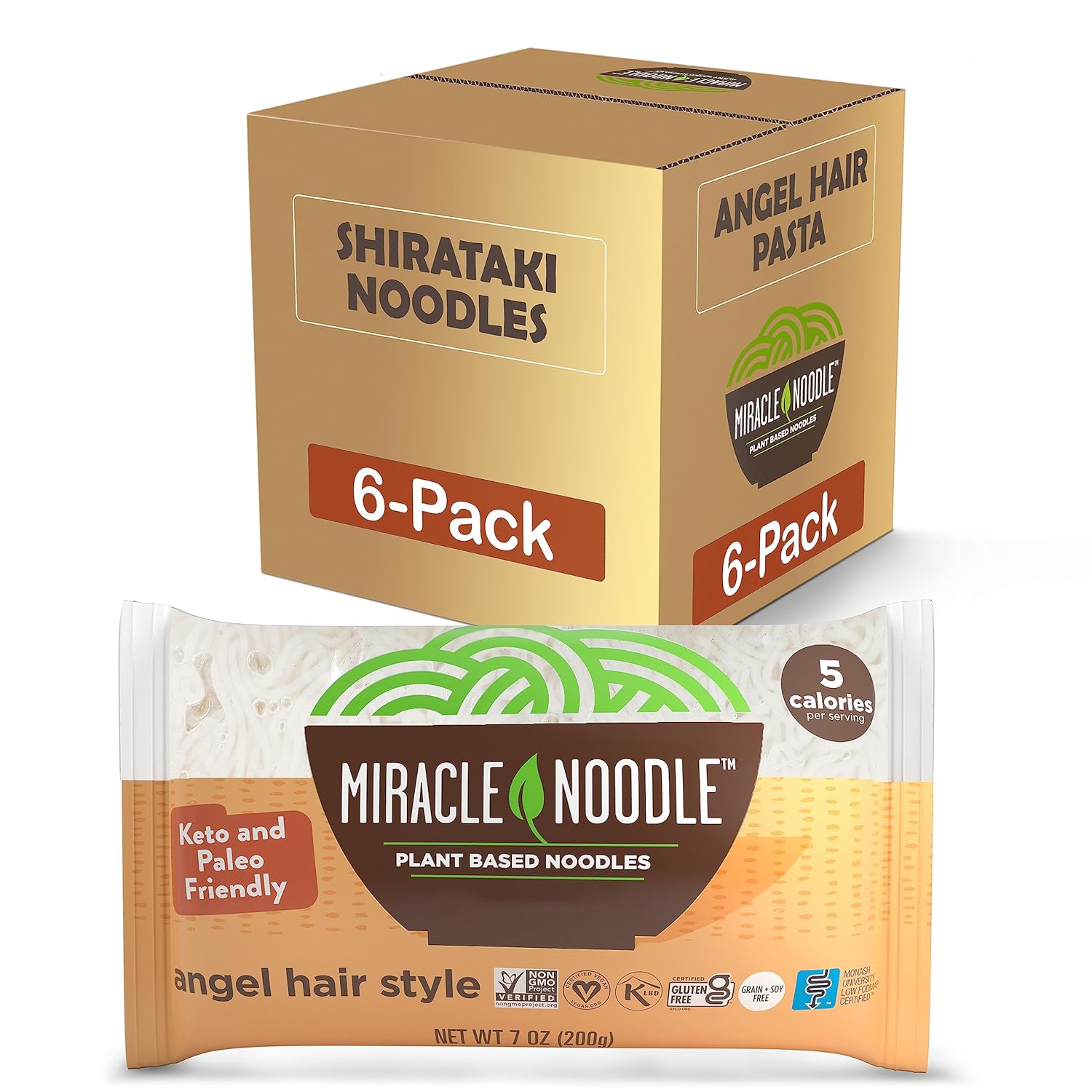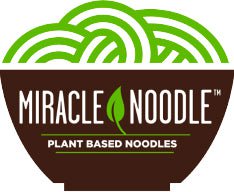Have you tried The Impossible Burger yet? It’s a plant-based patty that looks, feels and tastes just like a regular beef patty. So what’s not to like?
The Center for Food Safety (CFS), a non-profit public interest and environmental advocacy organization working to protect human health, didn’t like the fact that the main ingredient in Impossible Burgers is genetically-engineered protein that has never been consumed by humans, has not been properly tested, and yet is allowed for sale in grocery stores.
Thus, in 2019, after the Food & Drug Administration (FDA) approved soy leghemoglobin, the genetically-engineered soy that makes Impossible Burgers look like real meat, CFS filed a lawsuit, challenging the FDA approval.
But earlier this week, a federal appeals court in San Francisco upheld the FDA’s approval. And that means that for now, Impossible Burgers remain a staple in supermarkets and fast-food chains across the nation.
What’s The Beef With Soy Leghemoglobin?
Besides never having been consumed by humans before in history, soy leghemoglobin or “soy heme”, soy in general is one of the big 8 food-allergy offenders (along with: wheat, cow’s milk, eggs, tree nuts, peanuts, shellfish, fish).
When Impossible Foods—the company that’s received a massive influx of venture capital from tech giants such as Amazon’s Jeff Bezos and Bill Gates—tested soy heme on rats in a 28-day experiment to determine the ingredient’s safety, it was found that some of the rats had increased globulin levels after consuming soy heme.
Globulin is a group of proteins in the blood. Normal levels of globulin mean that the number of carrier proteins, enzymes and antibodies in the blood are optimal. But high levels of the proteins may indicate inflammatory or immune disorder present.
Despite this fact, the FDA approved Impossible Foods’ request to have soy heme listed as a color additive.
Initially, Impossible Foods used the root of soy plants in order to produce soy heme. But after realizing scaling up for industrial production would be unsustainable, the company turned to synthetic biology, or as the Center for Food Safety’s legal brief to the court put it, “genetic engineering on steroids.”
Why are Impossible Burgers “Genetic Engineering on Steroids?”
The CFS brief explains that genetic engineering is like a cut and paste process, in which DNA bits and pieces are shuffled around between already existing species. But synthetic biology designs and constructs “new biological parts, devices and systems that do not exist in the natural world and also the redesign of existing biological systems to perform specific tasks.”
CFS’ brief continues, “This aggressive form of genetic engineering operates in a ‘Wild West’ free-for-all environment with virtually no regulatory oversight.”
What’s more, soy heme is derived after soybean roots are added to a yeast (P. pastoris). This fermentation processing in giant vats yields 12 yeast proteins, which the CFS suggests also poses a potential health risk because the effects of these proteins are also unknown.
Not At Issue: Factory Farming
Yes, factory farming, or industrial, conventional farming with confined feedlots is terrible for the environment, animal welfare and human health. But as the CFS said in its petition to the court, this is not the issue at hand.
Rather, the issue is whether the FDA legally approved soy heme as a food additive. CFS points out that in 1958, Congress, concerned over the increased use of chemicals in the food supply, amended the Federal Food, Drug & Cosmetic Act (FFDCA) to “prohibit the use in food of additives which have not been adequately tested to establish their safety.”
And this is where the CFS really has a problem with the approval of soy heme.
According to FDA rules, food manufacturers are supposed to conduct rat-feeding studies “with at least 20 rodents per sex per group” for “a minimum of 90 consecutive days” to assess the effects of the test substance. However, the rat-feeding study Impossible Foods commissioned included just ten rats per sex per group and was only conducted for 28 days.
Guaranteed Safe?
Despite Impossible Foods not meeting the minimum testing requirements, and the fact that the FDA, in 2015, raised safety concerns the first time Impossible Foods petitioned the agency to receive GRAS (generally regarded as safe) status, the agency in July 2018 said it had no questions about Impossible Foods’ second go-around for self-determined GRAS status, for soy heme.
But the fact that the FDA had no questions didn’t mean that the agency conveyed that soy heme was guaranteed to be safe. The “no further questions” letter by the FDA only conveyed Impossible Foods’ safety assurances, not the FDA’s, the CFS petition to the court explains.
For these reasons, the CFS called the FDA approval of soy heme as a food coloring “unlawful.”
Better For the Environment?
Yes, plant-based meat, even if it’s produced via “genetic engineering on steroids” is ostensibly better for the planet than mass-scale, industrial feed-lot-raised meat. However, grass-fed beef raised on regenerative farms has already proven to be, in some instances, even better for the environment than Impossible Burgers.
Real food for thought.



